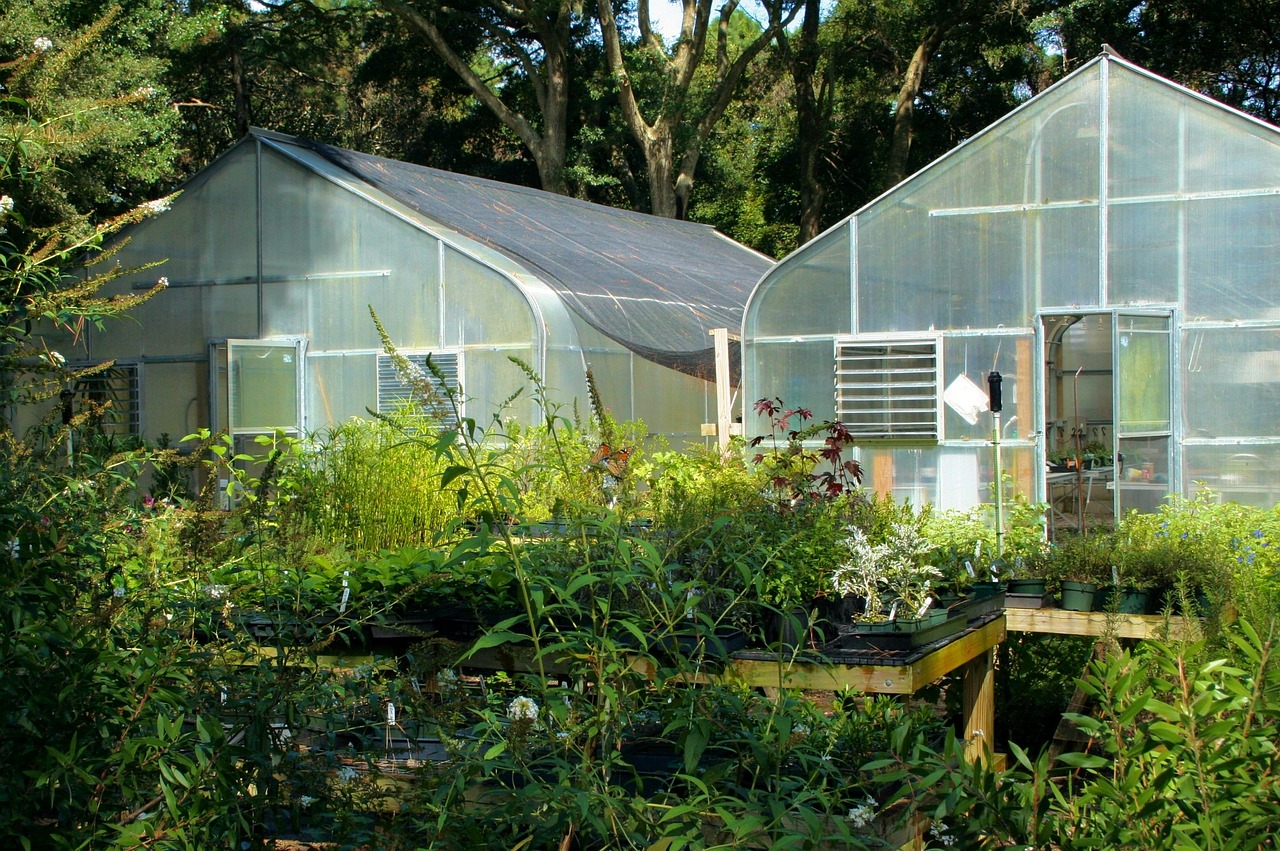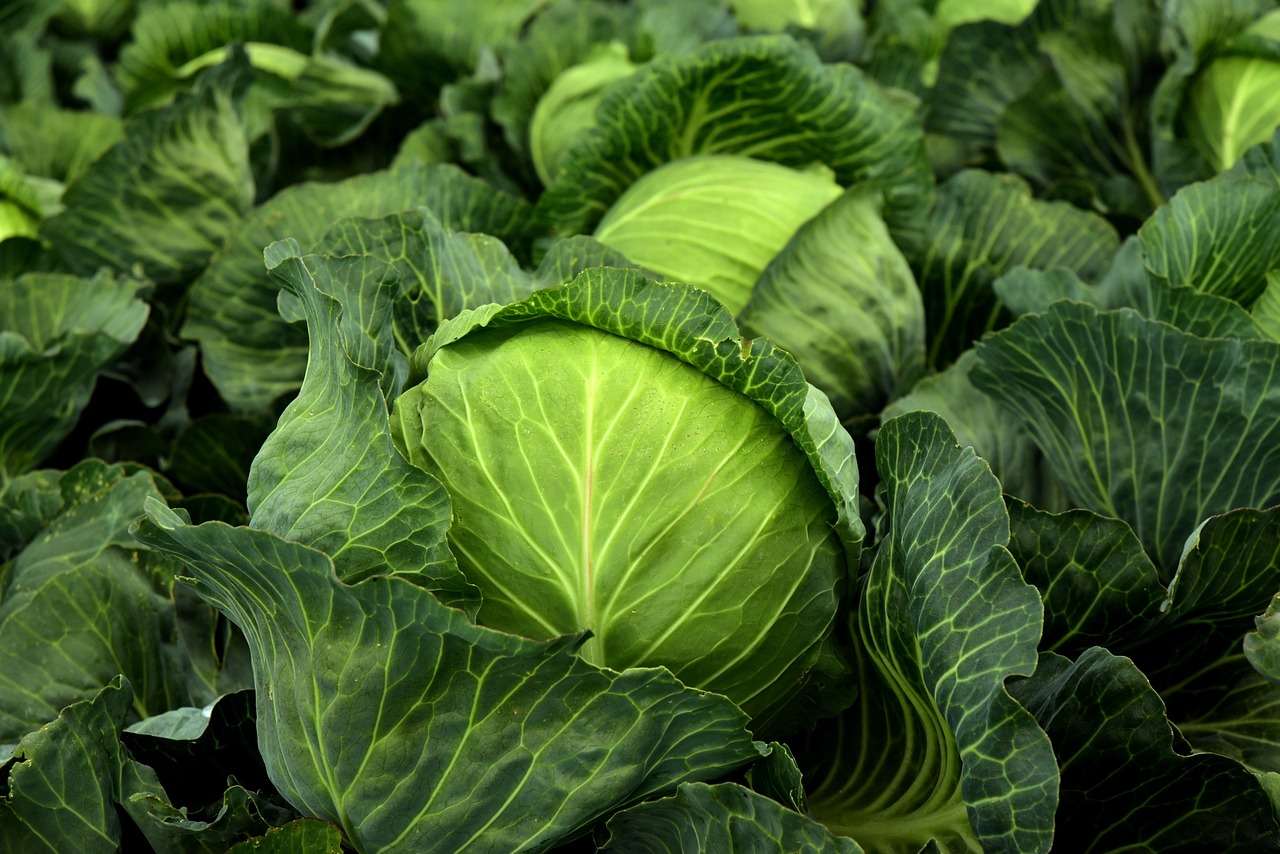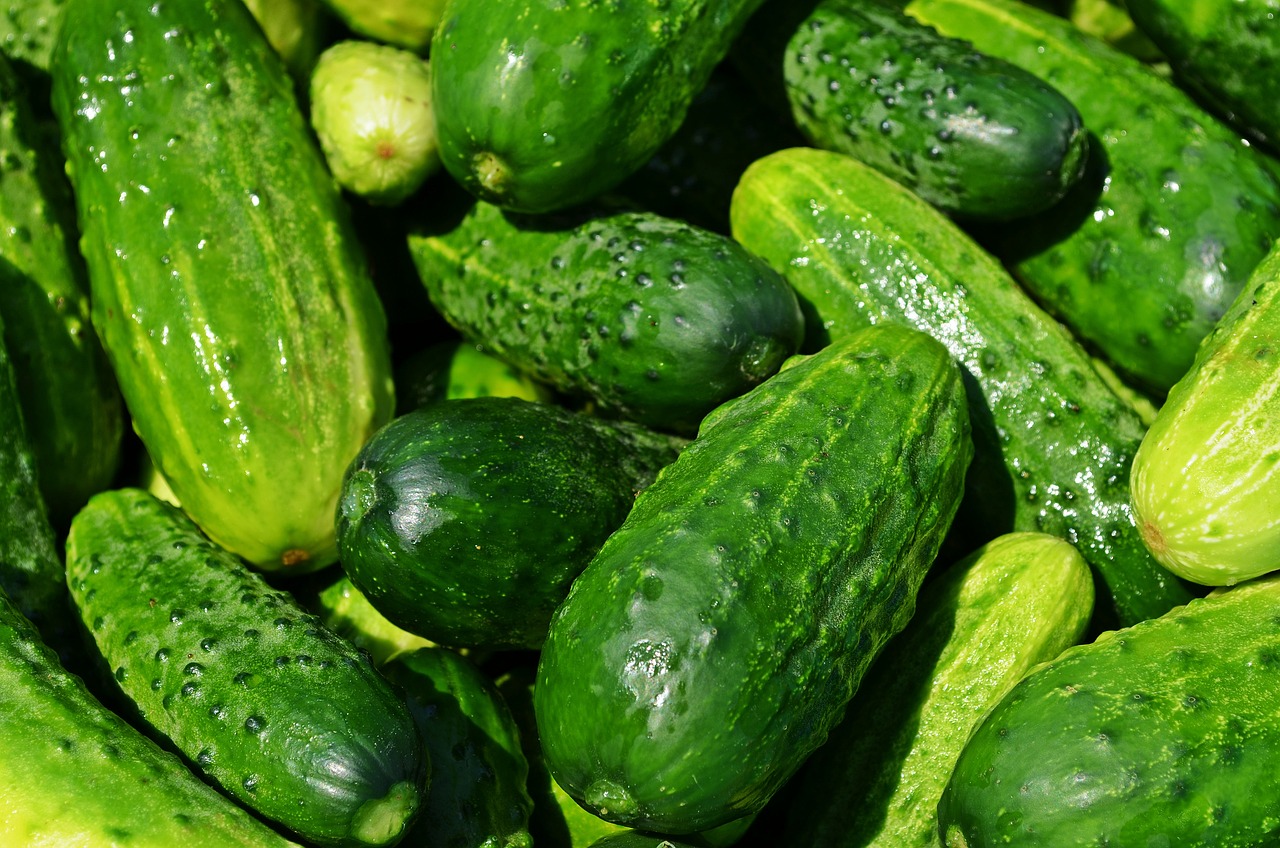Do you love the taste of fresh, homegrown vegetables?
Have you ever considered growing your own heirloom vegetables?
Not only are they delicious, but they also offer a connection to the past and a sense of pride in growing something unique.
Growing heirloom vegetables is a rewarding experience that can bring joy and satisfaction to your life.
With a little bit of planning, preparation, and care, you can enjoy the flavors and beauty of these special varieties in your own backyard.
So, roll up your sleeves, grab your gardening tools, and get ready to discover the joy of growing your own heirloom vegetables!
What Are Heirloom Vegetables and Why Are They Special?
Heirloom vegetables are a special type of produce that have been passed down through generations and are bursting with unique flavors and vibrant colors. These vegetables aren’t genetically modified and have been preserved for their historical and cultural significance.
They are often grown for their culinary uses and flavors, which range from sweet to savory, and have a depth of taste that isn’t found in conventional produce.
One of the main benefits of growing heirloom vegetables is their rich history and preservation. These vegetables are often associated with traditional farming practices and are grown from seeds that’ve been passed down for centuries. This preservation not only ensures the continuation of cultural traditions but also helps preserve biodiversity.
Additionally, heirloom vegetables offer a culinary richness that’s unmatched by their conventional counterparts. Their unique flavors and textures can add depth to any dish, making them a popular choice among chefs and home cooks alike.
Choosing the Right Varieties for Your Garden
When planning your garden, it’s important to consider which varieties will thrive in your specific climate and soil conditions. Research which heirloom vegetables have adapted well to your area in the past, and also consider companion planting.
Some plants work well together, such as planting beans with corn or marigolds with tomatoes. Companion planting can help repel pests, attract beneficial insects, and improve soil health.
Another factor to consider when choosing your heirloom vegetable varieties is seed saving. Many heirloom varieties have been passed down through generations and have adapted to specific growing conditions. When you save seeds from your own plants, you can continue this tradition and also ensure that your plants are well-suited to your garden’s unique environment.
It’s important to remember that not all seeds will produce true-to-type plants, so research the proper methods for saving each type of seed. With a little planning and knowledge, you can choose the right heirloom vegetable varieties for your garden and enjoy the benefits of growing your own food for years to come.
Preparing Your Soil and Planting Your Seeds
Get ready to dig in and feel the satisfaction of planting your seeds in nutrient-rich soil that will give your plants the best chance to thrive. Before you start planting, it’s important to test your soil to determine its pH level and nutrient content. You can purchase a soil testing kit at your local garden center or online.
Once you know what your soil needs, you can amend it by adding compost, aged manure, or other organic matter to improve its structure and fertility. Another important factor to consider when planting your heirloom vegetables is companion planting. This is the practice of planting certain crops together that benefit each other in some way.

For example, planting beans with corn can help the beans climb the cornstalks while the beans add nitrogen to the soil that the corn needs to grow. Companion planting can also help deter pests and diseases, making your garden more productive and healthy.
By taking the time to prepare your soil and plan your planting strategy, you’ll be well on your way to a bountiful harvest of delicious, nutritious heirloom vegetables.
Caring for Your Heirloom Vegetables Throughout the Growing Season
Take a moment to appreciate the lush greenery surrounding you as you water and tend to your flourishing veggies, nurturing them to their full potential. Proper watering techniques are crucial in caring for your heirloom vegetables throughout the growing season.
Water your plants deeply and infrequently to encourage deep root growth and avoid waterlogged soil. Keep an eye on the moisture level in your soil and adjust your watering schedule accordingly. If you notice wilting leaves, it may be a sign that your plants need more water.
In addition to watering, pest management is also an important aspect of caring for your heirloom vegetables. Keep an eye out for any signs of pests or disease, such as holes in leaves or discoloration.
To prevent pests, use natural methods such as companion planting, crop rotation, and handpicking any insects you see. You can also use organic insecticides if necessary.
By taking care of your heirloom vegetables with proper watering and pest management techniques, you can ensure a bountiful and delicious harvest.
Harvesting and Enjoying the Fruits of Your Labor
Now that your garden is overflowing with ripe and juicy produce, it’s time to savor the flavors of your hard work and indulge in farm-to-table meals with family and friends.
With all the heirloom veggies you’ve grown, the possibilities for delicious meals are endless. Whip up a fresh tomato sauce with your plump, juicy tomatoes or toss a salad with your colorful heirloom lettuce. You can even try your hand at making pickles with your cucumbers or roasting your sweet peppers for a savory side dish.
Not only will you enjoy the taste of your home-grown veggies, but you’ll also reap the environmental benefits of organic gardening. By avoiding synthetic pesticides and fertilizers, you’ve created a healthy, sustainable ecosystem for your plants to thrive in.
Plus, by growing your own produce, you’re reducing your carbon footprint by avoiding the transportation and packaging involved in store-bought produce. So, savor the deliciousness of your harvest and feel good knowing you’re doing your part for the environment.
Frequently Asked Questions
Can heirloom vegetables be grown in containers or do they need to be planted in the ground?
You can definitely grow heirloom vegetables in containers! Container gardening offers many benefits, especially for urban farming. Just make sure to choose a container that’s big enough for the plant and has good drainage.
How do heirloom vegetables compare in taste and nutrition to conventional vegetables?
Heirloom vegetables often have richer taste and higher nutritional value than conventional vegetables. However, they can be more difficult to grow and have lower yields. The benefits of flavor and health benefits outweigh the drawbacks.
Is it necessary to save seeds from heirloom vegetables for future planting, and if so, how should they be stored?
To ensure the biodiversity of heirloom vegetables, it is important to save their seeds for future planting. Proper seed saving techniques include harvesting seeds from healthy plants, allowing them to dry, and storing them in a cool, dry place.
Are there any special pests or diseases that commonly affect heirloom vegetables, and how can they be prevented or treated?
Prevent pest and disease issues in your heirloom vegetables by practicing companion planting, which involves planting different crops together to deter pests. Use organic fertilizers to boost plant health and naturally resist pests and diseases.
Can heirloom vegetables be grown year-round or are they seasonal crops?
Yes, heirloom vegetables can be grown year-round using container gardening. This method allows for control over growing conditions and protection against weather changes. Enjoy fresh produce anytime with this technique.
Conclusion
Congratulations! You’ve successfully grown your own heirloom vegetables! The joy of seeing your plants grow and thrive, and then being able to harvest and enjoy the fruits of your labor is truly satisfying.
Not only do heirloom vegetables taste great, but they also have a rich history and unique characteristics that make them special.
By choosing the right varieties for your garden, preparing your soil properly, and caring for your plants throughout the growing season, you have created a bountiful harvest of delicious and nutritious vegetables.
We hope that this experience has inspired you to continue to grow your own food and to explore the world of heirloom vegetables.
Happy gardening!










